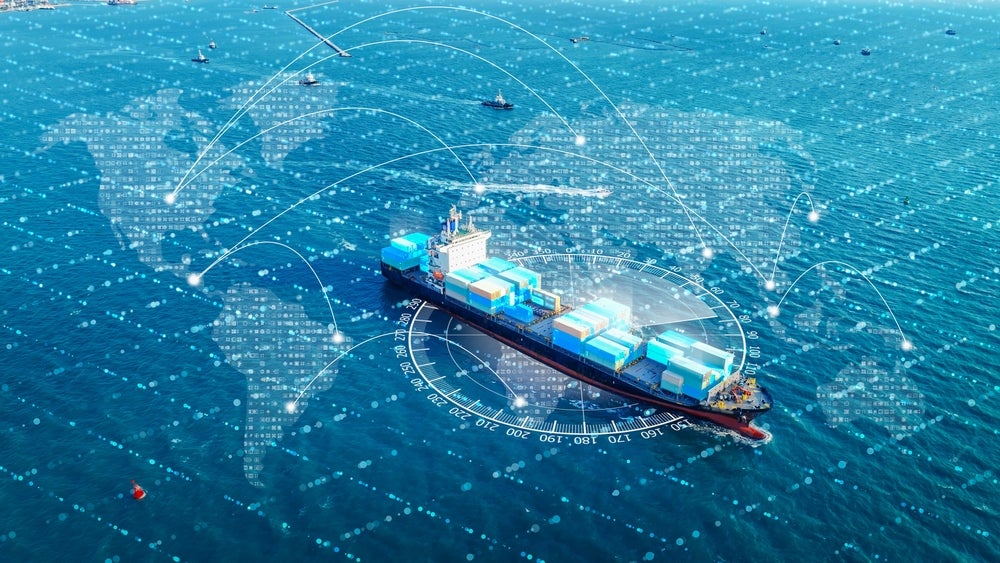Through its wholly owned subsidiary, Mitsui OSK Lines (MOL) has signed charter contracts for three ice-breaking liquefied natural gas (LNG) carriers for Arctic LNG 2 project in Russia.
The agreements were signed with LLC ARCTIC LNG 2.
The three LNG vessels will be constructed by Daewoo Shipbuilding & Marine Engineering and will be delivered in 2023.
Reuters reported that the three vessels will be built at a cost of approximately $859m.
The vessels will carry LNG from LNG loading terminal on Gydan Peninsula in the Russian Arctic to the floating LNG storage units (FSU), which will be set up at the transhipment terminal in Murmansk (westbound) and Kamchatka (eastbound) through the route of Northern Sea.
The new vessels will have a slimmer width with hull form to be optimised to break the ice. Furthermore, the improved propulsion engine output will now enable the vessels to sail east through the Northern Sea route all year round.
How well do you really know your competitors?
Access the most comprehensive Company Profiles on the market, powered by GlobalData. Save hours of research. Gain competitive edge.

Thank you!
Your download email will arrive shortly
Not ready to buy yet? Download a free sample
We are confident about the unique quality of our Company Profiles. However, we want you to make the most beneficial decision for your business, so we offer a free sample that you can download by submitting the below form
By GlobalDataMOL’s former icebreaking LNG carriers can only travel eastbound during the summer and autumn as the ice is thin in the Northern Sea route during these periods.
Due to the combination of the new ice-breaking LNG vessels that can carry LNG to the FSUs in the east and west throughout the year and the conventional LNG vessels that can transport LNG from the FSUs to their final destinations, year-round supply of LNG from the Russian Arctic areas to regions of demand, including Asia, will be ensured, MOL said.
Furthermore, the eastbound transportation route will help to reduce greenhouse gas emissions by vessels as it will shorten the travel distance to Asian destinations by approximately 65% compared to the westbound route via the Suez Canal.
Since March 2018, MOL has been involved in shipping LNG, using three ice-breaking LNG carriers on the Northern Sea Route for Russia’s Yamal LNG Project.







